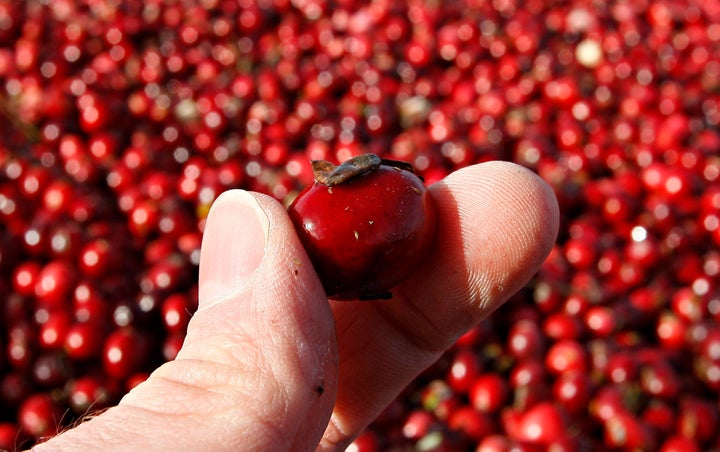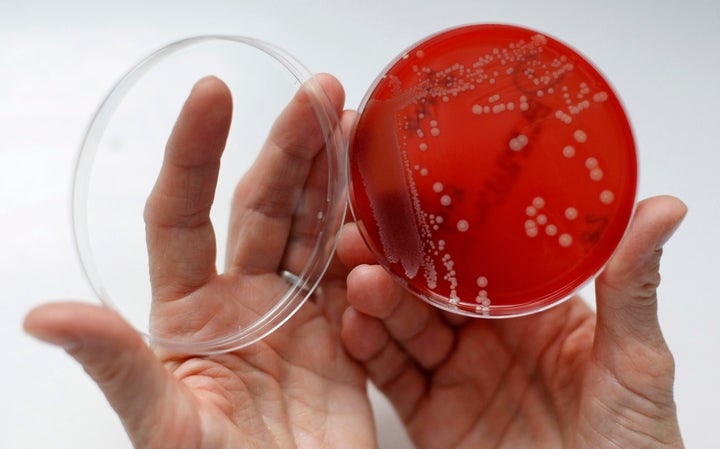
Compounds found in cranberries could be harnessed to develop a new generation of antibiotics that combat antibiotic-resistant superbugs, new research shows.
Researchers at Worcester Polytechnic Institute and the University of Massachusetts have discovered that traditional wisdom about the fruit’s anti-bacterial properties can be proved in lab experiments.
The scientists unearthed new compounds in cranberry juice that block the critical first step in bacterial infections, revealing a potential new field of study for the development of antibiotics.
To trigger an infection, bacteria must first cover host cells in sufficient numbers to form a biofilm. The new paper reveals that compounds in cranberry juice called flavonols “greatly reduce the ability of the bacteria E.coli to stick to a surface”. In its various guises, E.coli is the cause of many different types of infection, including UTIs.
The research team, led by WPI’s Terri Camesano and UMass Darmouth’s Catherine Neto, had previously identified a group of compounds called proanthocyanidins (PACs) that they believe aided the juice’s ability to block bacterial adhesion. But the new research dived down into a whole host of compounds.

Camesano and Neto used advanced chemical techniques to separate the juice into its constituent compounds and identify their properties.
Camesona’s team used an atomic force microscope to assess which compounds worked best at stopping bacteria from sticking to the surface of E.coli cells. Neto’s group would then continue to separate samples that showed the greatest ability to reduce adhesion. They eventually discovered flavonols.
“Like the PACs, we think the flavonols are part of the plant’s defense system,” Neto said. “They are secondary metabolites that are produced in greater concentrations when the plant is under stress or in the presence of pathogens.”
This research adds to previous work conducted by Camesano and her team which revealed that the PACs squeeze tiny tendrils on the surface of E.coli bacteria that enable it to stick to the inside of the urinary tract.
Camesano believes that flavonols act in a similar way. The author wrote: “This strongly suggests the anti-adhesive role of other classes of cranberry compounds in conjunction with already known PACs and may have implications for development of alternative antibacterial treatments.
“These compounds should be further explored, both individually and in combination for their antimicrobial properties against various bacterial diseases [to] give us a therapeutic edge against these ‘superbugs.’”
The paper was published in The Royal Society of Chemistry journal Food & Function.
